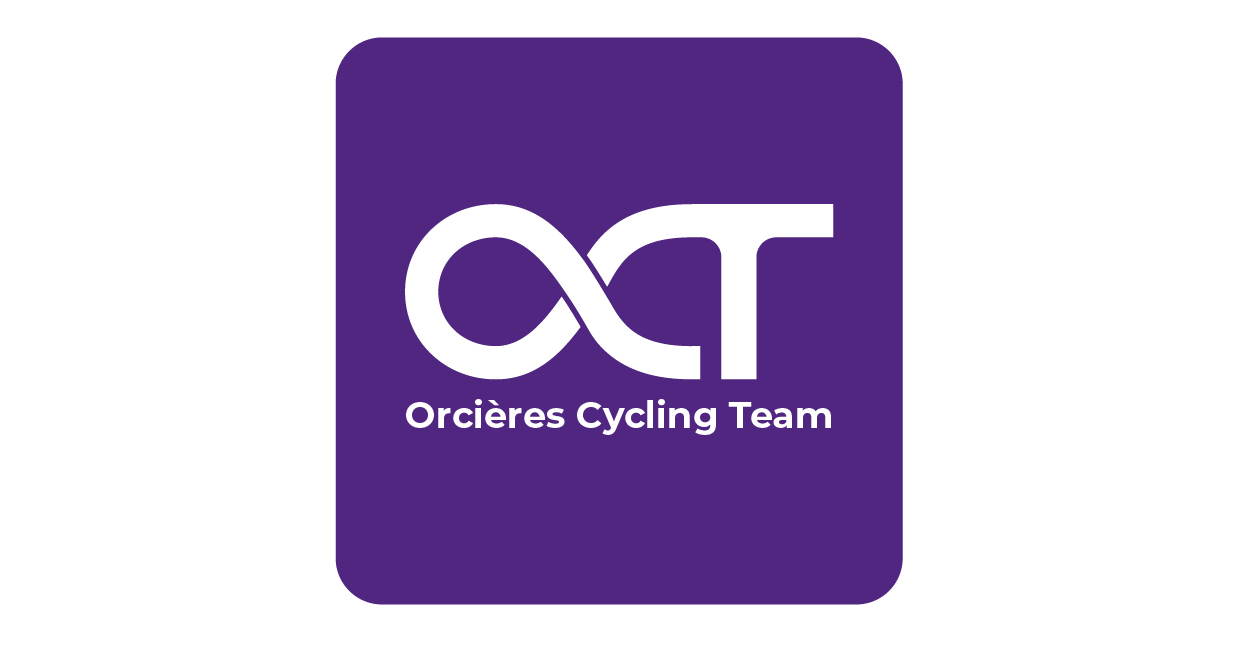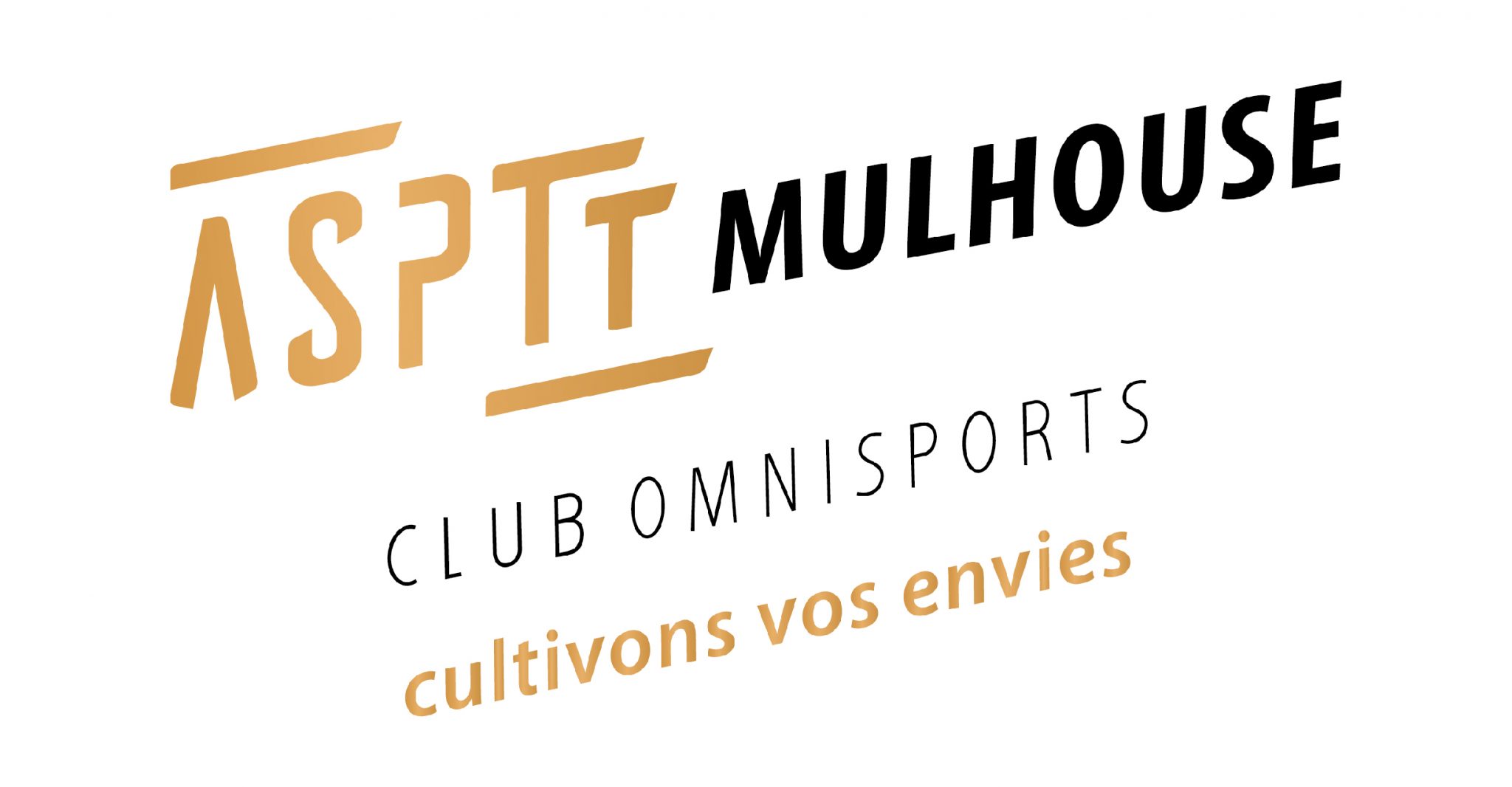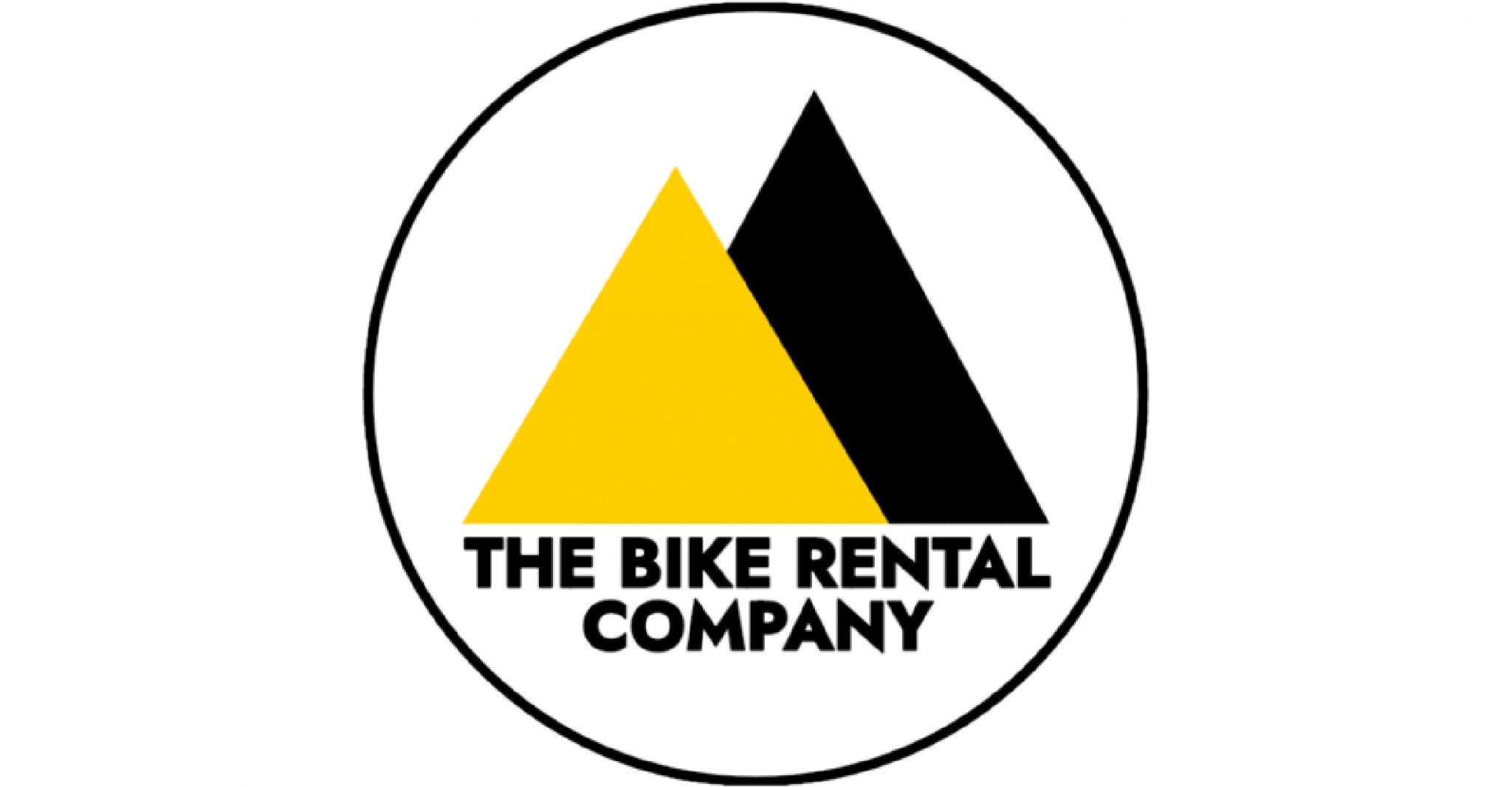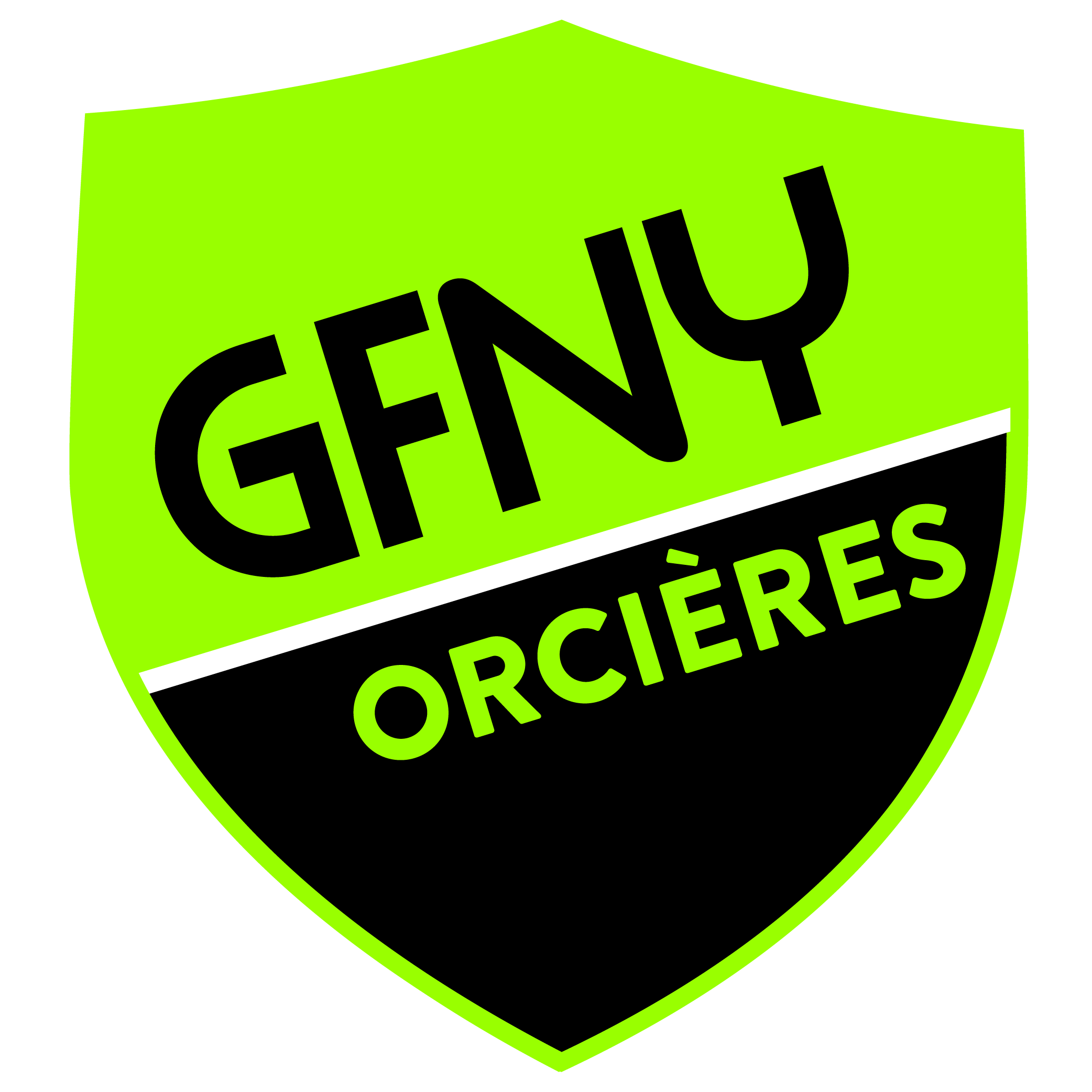Race Day Secrets of Gruppo Sportivo (IV)
A guide to racing the GFNY Championship NYC course, by the ride leaders and ambassadors that know it best.
by Chris Geiser
From Haverstraw to Bear

Take a brief vacation. There, did you enjoy that. Good. Time to get to work. While the lead out of Haverstraw, through Tompkins Cover, and down to the Bear Mountain area will roll fast, you will need to mentally prepare for the toughest half of the day to begin. Once over a couple of mini-rollers, you can start to accelerate, and either work with a group, or use your descending skills to get to the foot of Baby Bear quickly, without sacrificing too much of your energy. As Baby Bear starts to kick up, many will turn to their neighbor and ask – “Hey is this Bear Mountain?”. It’s not. Baby Bear will be a small and relatively gentle approach to the longest (but not necessarily toughest) climb of the day. Once to the top, a short recovery descent, and the course crosses 9W into Bear Mountain State Park. With the Bear Mountain Bridge in the distance, spanning the Hudson to points North on 9W, at the foot of Bear Mountain you are almost half way there. But the climb beckons. Starting with the short and punchy introduction, riders may bunch up and spread out. Find a line and press on to the circle. Things will open up, and you can start to execute your plan. The gentle climb up Seven Lakes to Perkins, will allow you to find a rhythm, before the big right turn up Perkins. If you are doing the Bear 50 – you are almost at the finish. As you get close to the top, you will start to hear the music, and you will know how far you have come. A chance to hit the restrooms, refill bottles and nutrition – but don’t stop too long. There is plenty of work left to do.

Thomas Han
At this point, you may start to feel the exhaustion in your legs. For some, cramping may start while you are ascending the climb, with the knowledge that there is still 5000 feet of climbing remaining on the course.
Bear brings its own challenges. The entrance when you start climbing and to the circle, is one of the steeper parts of the climb and most sustained steep parts. With the exception of two pretty short kicks, it’s 5-6% the whole way. I can catch a rhythm. Find a rhythm that works for you, but it’s a rhythm. Once I am into the rhythm and I feel I have a good cadence, and I am moving at a good pace, it’s a couple of miles of the most scenic sights that we get.
Let the views relax you knowing that you have some of the most significant challenges ahead. I have a screen that shows me for longer climbs, I know that for me, absolute bottom to top 30 minutes is a good climb, and that’s the rhythm I am trying to get to.
The two kickers, on Perkins, one in the middle and one at the end of the climb. At the top you hear the music, people finishing the Bear 50. When I hear the music, that’s when I push to get to the top and I push through that steep part and leave it behind me as quickly as possible and then I take my first notable break.
If you are going to stop at Bear – don’t stop when you see the first bike racks – everyone stops in the beginning. If you got to the far end, there’s no lines and easy to make an efficient stop. It’s a great checkpoint. You’re not even quite halfway, and the most challenging climbs are not Bear, they are after Bear. Now it’s time to take that on. Bathroom, water bottles, check how much have I consumed, grab a few things.
Coming out of Haverstraw, the climb back up to 9W is a little challenging because it rolls to Baby Bear, and then 3.5 kilometers uphill. You feel like you are climbing but the grade is not extreme. Try to keep a steady pace but stay in control, and use the descent to recover. When you make that left turn it’s important to know what gear to be in.
In my head I break up Bear into two pieces, from the circle, the first 4km the grade is less than 5% – depending on your training you can ride that how you need to – but when you turn onto Perkins it bumps up to 9-10% in some spots. For me the lower half is something you can take at a steady pace – it’s wide and there is room, so enjoy it.
On Perkins you need to gear the right way so that you don’t blow yourself up. This is where the hard work is going to start, when you descend Bear. Be mindful of the gearing, and be mindful of the narrow two-way road. Anyone ahead of you will be coming down Perkins, and if you are passing anyone – you need to be mindful of those passing in the opposite direction. It’s important to be mindful of your surroundings when you get to that point.
From the Lake to Baby Bear, I thought was the best section because it’s rolling and has some down hills where you can make up some time. But I have made that mistake without remembering that I still have the tough climbs ahead. Listening to the conversations around the bike shops – you can hear that everyone has made that mistake of hammering too hard to Baby Bear.
Entrance to the circle is a little rough on Bear, the incline and the road surface (Ed.: fixed for 2019 race! The surface, not the incline.], then recovery through the circle and up to Perkins. Perkins is the difficult part, I manage my effort to the circle, do some type of recovery, and then go hard on Perkins. Stay focused (2 miles / 3.5 km) it’s nice and easy, or it can be a long and painful, and if you don’t focus…it makes things harder.

Adrienne Carey
This is an interesting part of the route. Now you have a mental recovery. It’s a little bit of a dark stretch, and can be a little rough but I train on it so much, so I really focus on the road, to Tomkins Cove, and once I pass the Cove Deli, (I love that downhill – I never coast and just used my hardest gear), I am now mentally getting ready for the climbs. Baby Bear is a place to stay steady and patient. I get a good handle on refueling, and going steadily, and it always seems quiet, no chit chat.
When I make the turn into Bear, it’s steady effort that I really enjoy. Breathe through the effort, light hands on the bars, and take it one pedal stroke at a time. I LOVE Perkins. It’s scenic, and I find myself looking left because I love the view, and I get caught up in my breathing. I have been able to keep a consistent effort year after year. I feel like I am on top of the world.
I zip up for the descent and prepare to be a little chilled on the way down. I prepare for any wind, and for all the riders that will be passing. I feel like I can be cautious, and hold my line, and the faster riders can go around, and manage because I am being predictable and holding my line.
No personal bests here. I try to ride tempo because I know I won’t make up time on this long steady climb. If I moved up the field with a couple of good pacelines earlier then hopefully after a quick refuel at the top the descent will be relatively clear, so I can bomb down it. Be careful, don’t cross the yellow line and realistically only a small group of riders are capable of descending Bear at full speed.
The key is to keep pedaling even during the descent to keep your legs warm because soon it will be time to dig out from under Bear.
There are a bunch of short climbs between Haverstraw and Bear. I try to keep a moderate pace to conserve energy for the toughest part of the course. On Bear I try to keep a steady pace knowing a 4-mile descent is ahead where I’ll have time to recover.
Clearly, as the longest climb on the course, Bear Mountain is challenging. But the scenic views and relatively gentle grades will make it a climb that allows you to find a rhythm and celebrate your accomplishment at the top. Common among the GS-GFNY were the themes of not stopping too long, managing your gearing, managing the temperature on the way down, and making sure that you are passing safely and staying on the correct side of the double yellow line at all times. Finding your rhythm is critical, as it will allow you to conserve energy, and still have a great climb. You will use all your tools as a cyclist climbing and descending Bear. Enjoy it.
Editor’s Take: My approach will be to continue to use a gear that allows me to keep a relatively high cadence and keep the whammy off my legs, as I will need them later on. Finding that rhythm on Seven Lakes, and standing through the steepest bits on Perkins, past the sign that says “What would Eddy do?”**. On the descent, I will hold a line, stay predictable so that faster descenders can pass, and keep my legs moving, to remind myself that I need to keep working. (**Pretty sure Eddy would be doing roughly the same thing, but would be doing it better, stronger, and faster.)














